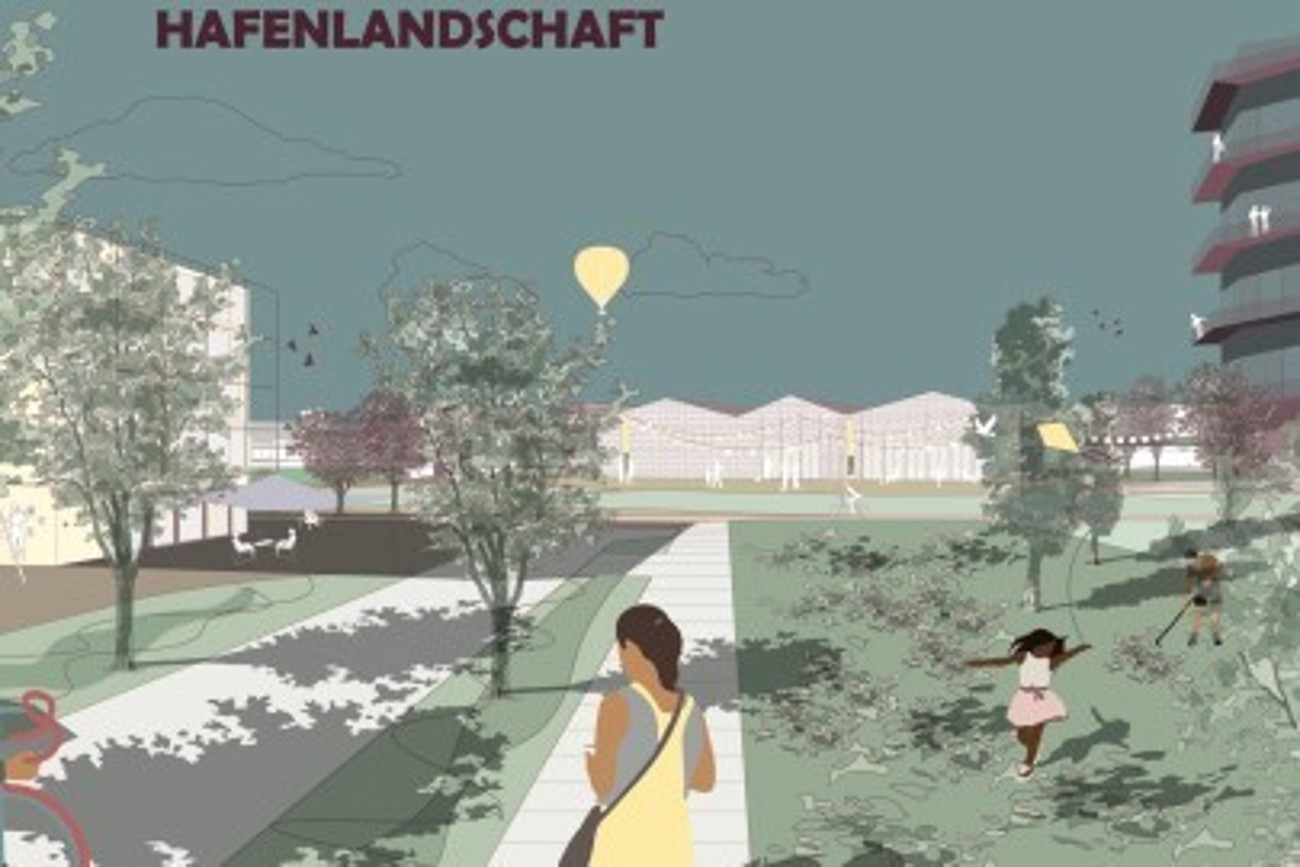Published by the Department of Design and Urban Planning (Prof. Torsten Becker)
The master’s thesis focuses on developing an urban strategy and a detailed design for the HafenTriangle in Mannheim. The area, currently dominated by transportation infrastructure and port uses, is to be transformed into an urban quarter, better connecting Mannheim’s city center to the Rhine. Existing traffic infrastructures cutting through the site are to be overcome, integrated, or partially removed.
By incorporating the historic building stock, a complex program is to be developed, including universities, research facilities, creative workplaces, leisure, sports, retail, gastronomy, accommodation, cultural uses, housing, and attractive public spaces. The site’s dynamic urban topography offers a wide variety of spatial situations, enabling a strong and expressive urban composition.
Awarded the departmental prize for the best Master's thesis










